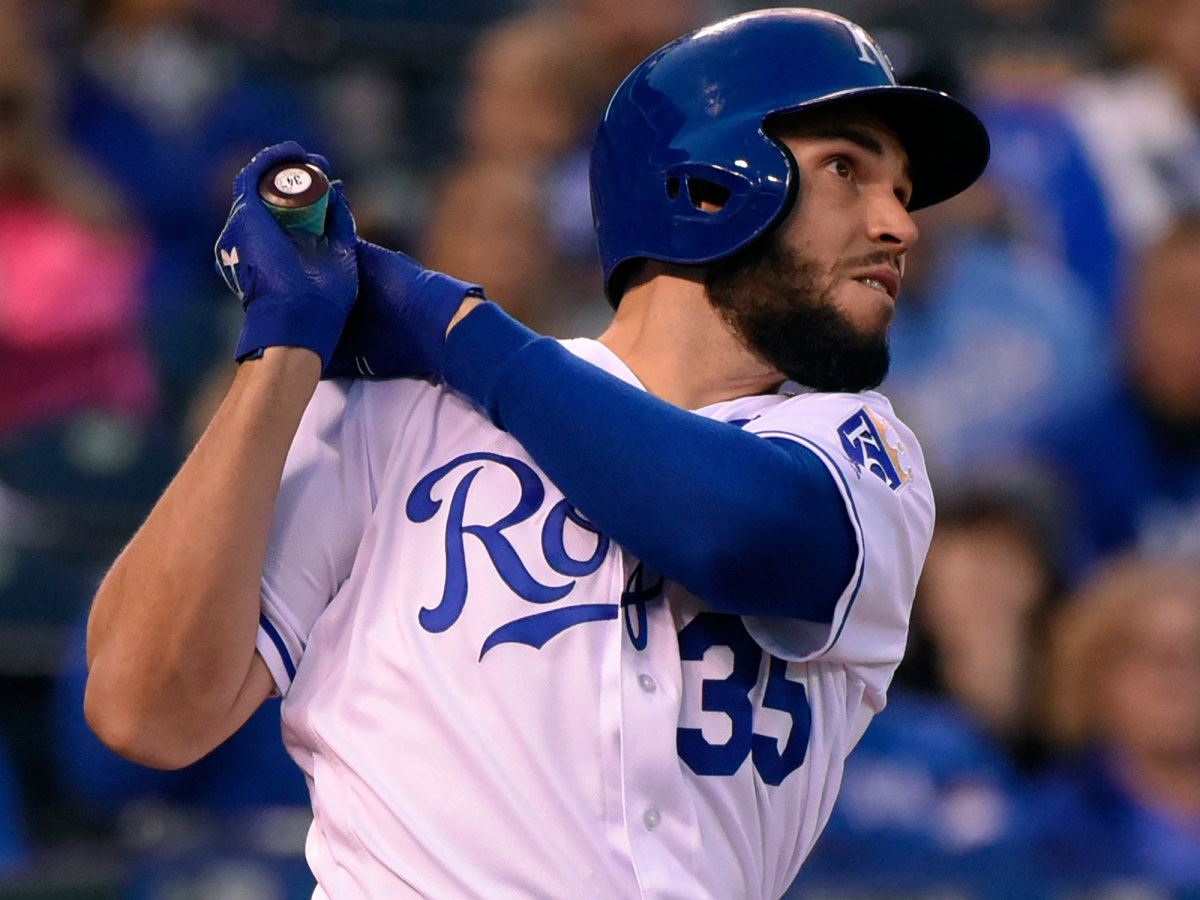Five reasons why the 2017 MLB trade deadline will be insane

This story originally appeared on FoxSports.com.
I’m calling it, six months in advance—the deadline is going to be insane.
That’s right, the July 31 non-waiver deadline—the last day that players can be traded without clearing waivers—will be even more frenzied than usual. Some executives, in fact, already are weighing whether to make additional moves this off-season, or hold their resources until summer when better players likely will be available.
I can’t guarantee a record number of trades; the sheer supply of talent might create a logjam similar to the one occurring this off-season. But the conversations almost certainly will be lively, if not downright intense.
Here are five reasons why.
Trades that have not happened
Think about all of the big names that are in play but have yet to move. The list includes Pirates outfielder Andrew McCutchen, Twins second baseman Brian Dozier and Brewers leftfielder Ryan Braun, plus White Sox lefthander Jose Quintana and Athletics righthander Sonny Gray.
Some of those players still could be traded before or even during spring training. But the White Sox know that Quintana and reliever David Robertson could hold even more value at the deadline, if they are the best starting pitcher and closer available, respectively. Three of the Sox' potential free agents—third baseman Todd Frazier, second baseman Brett Lawrie and leftfielder Melky Cabrera—also could increase their respective values with strong first halves.
• ROSENTHAL: Ryan Howard is still hoping for one more World Series shot
The new qualifying-offer rules
Under the new collective bargaining agreement, a team that makes a qualifying offer to a free agent no longer is guaranteed a sandwich pick after the first round if that player departs. Most sandwich picks will be awarded after the competitive-balance selections following the second round. The only way a team will receive a sandwich pick after the first round is if it is in one of the 15 smallest markets and the free agent signs for $50 million or more.
The new rules figure to increase the number of potential free agents who are traded. As an example, consider the Phillies, who last season held righthander Jeremy Hellickson at the deadline, then made him a qualifying offer (which he accepted). Under the new system, the Phils probably would have traded Hellickson. Their return would not have needed to beat the value of a sandwich pick after the first round, only a pick that likely would have been in the high 70s.

Teams that could fall out of contention and sell
Two immediately come to mind: the Royals and Tigers.
The Royals were not certain to contend even before the tragic death of righthander Yordano Ventura. And while they’ve addressed three of their potential free agents—extending lefthander Danny Duffy, trading closer Wade Davis and outfielder Jarrod Dyson—they face the possible departures of four more.
A difficult first half likely would spur trade discussions around those players—first baseman Eric Hosmer, third baseman Mike Moustakas, centerfielder Lorenzo Cain and shortstop Alcides Escobar. Of that group, Escobar is perhaps the most likely to sign an extension, Hosmer the least likely.
The Tigers began the off-season open to trading anyone on their roster, yet parted only with outfielder Cameron Maybin. It’s possible they will compete for a wild-card spot, but they still face the loss of rightfielder J.D. Martinez as a free agent, and second baseman Ian Kinsler is free after 2018. And if things fell apart, maybe they would get serious about moving righthander Justin Verlander.
Among the other teams that could fall into this category:
• The Rays (righty Alex Cobb is free after 2017).
• The Yankees (designated hitter Matt Holliday, lefthander CC Sabathia, righty Michael Pineda and reliever Tyler Clippard are free after ’17).
• The Orioles (righty Chris Tillman is free after ’17; third baseman Manny Machado and closer Zach Britton after ’18).
• The Blue Jays (rightfielder Jose Bautista, righty Marco Estrada and lefty Francisco Liriano are free after ’17.)
• The Pirates (reliever Tony Watson is free after ’17; McCutchen after ’18; righty Gerrit Cole after ’19.)
• The Diamondbacks (righthander Zack Greinke and other long-term starting pitchers likely will be in play; ditto for leftfielder Yasmany Tomas.)
• ROSENTHAL: Who came out on top in Dodgers' trade with Rays for Logan Forsythe?
Teams that loaded up with veterans on one-year deals
You know who I’m talking about—rebuilding clubs that hedged their bets, signing short-term vets who would provide temporary relief and protection for younger players, then possibly bring more young talent in trades.
The flaw in the equation is that clubs generally prefer youngsters to mediocre veterans, which is one reason the free-agent market remains clogged. Thus, it might be difficult for teams such as the Braves and Phillies to get the returns they envisioned.
The Braves will open the season with three starting pitchers under one year of control—Bartolo Colon, R.A. Dickey and Jaime Garcia.
The Phillies have a number of one-year guys—Hellickson, righthander Clay Buchholz, reliever Joaquin Benoit, leftfielder Howie Kendrick, outfielder Michael Saunders.
The Angels—whose potential free agents include Maybin and outfielder Ben Revere, second baseman Danny Espinosa, third baseman Yunel Escobar, reliever Jesse Chavez and closer Huston Street—also are in position to shift course.
Motivated buyers
I’m already hearing rumblings that the Dodgers will renew their push for a big righthanded bat if they again sputter against lefties for 50 to 60 games, and that the Nationals will add a hitter if first baseman Ryan Zimmerman and/or leftfielder Jayson Werth struggle.
The Red Sox, Astros, Mets, Cardinals and Rockies are among the teams that made sizable investments this off-season; if anything, they only will double down. The Mariners are operating in a narrow window. The Indians clearly want to max out while their club is strong. The Giants are always active.
You read it here first: The deadline will be insane.
